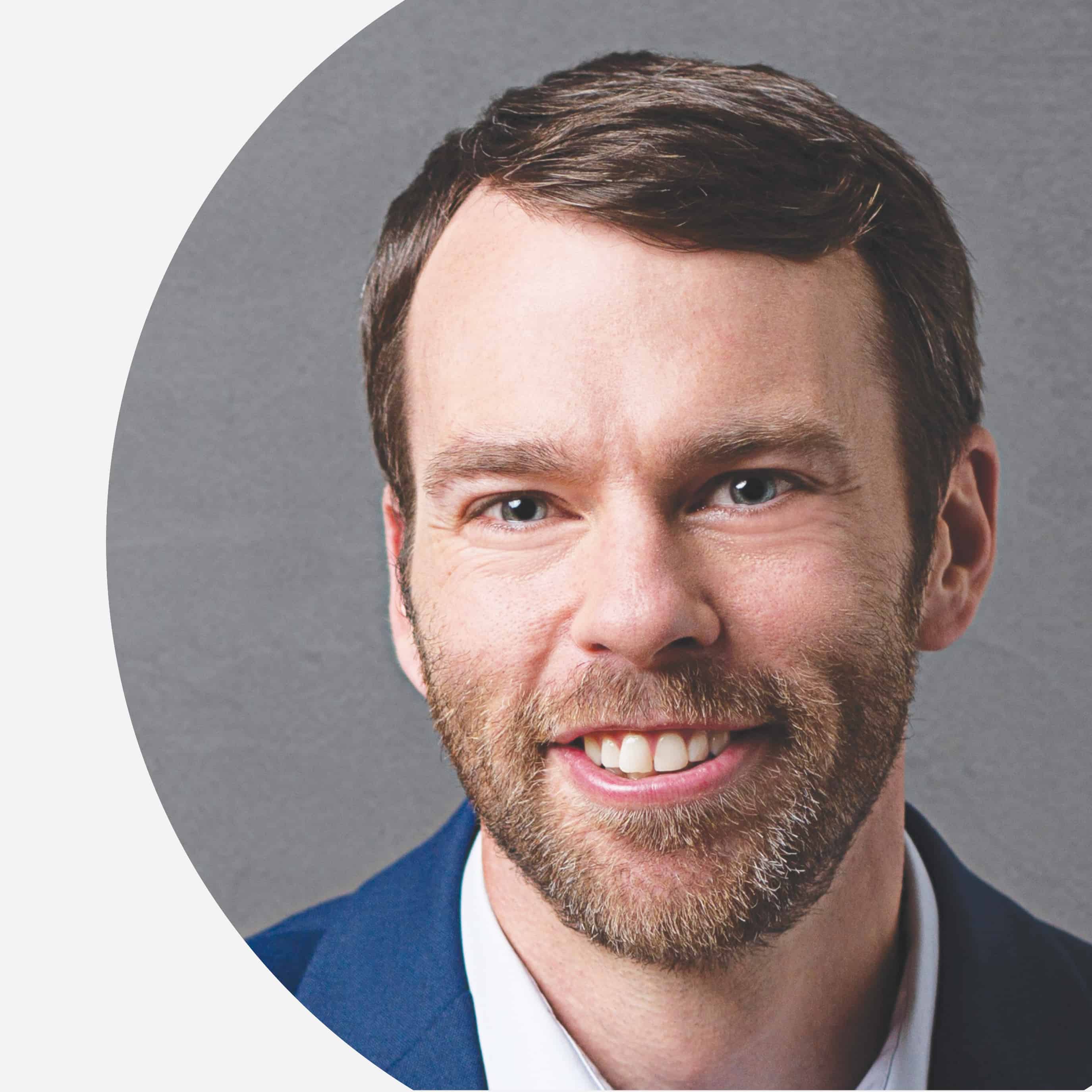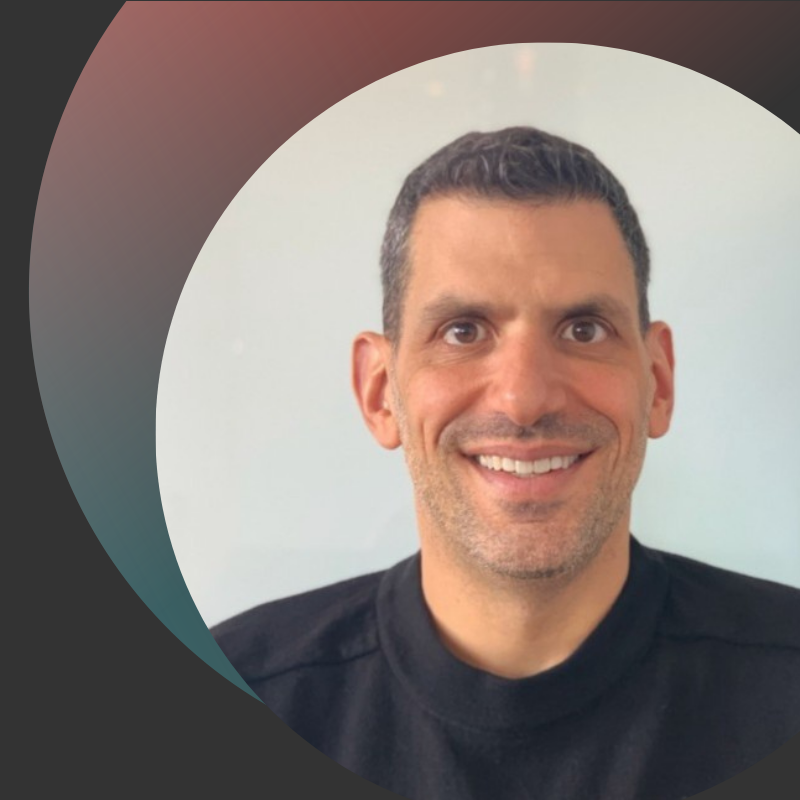- 1 HR is poised to be a “future-maker”
- 2 Have the courage to be the change agent
- 3 Develop human-centered leadership
- 4 Empower your employees by enabling your managers
- 5 Keep leaders focused on collaboration, not control
- 6 Avoid performance management processes that are costly to the business
- 7 Use design thinking to become a center of strategic and operational excellence
- 8 Make change management ongoing, not one-and-done
- 9 Challenge yourself, balance yourself
In the Mission Impossible movies, protagonist Ethan Hunt always receives his next mission with this opening line: “Your mission, should you choose to accept it….”
It’s clear from our recent Make Work Better Summit that HR leaders have a mission, and one that is as critical as those accomplished by the fictional protagonist: to be changemakers for their organizations by leading workforce transformation so that it empowers employees, enables managers, and strategically contributes to their organizations.
If you missed the Betterworks half-day Make Work Better Summit, you can watch it on-demand and access the speakers’ presentations. Here are the top nine takeaways from the summit.
1 HR is poised to be a “future-maker”
“This is a defining moment for HR,” says Ryan Estis, the summit’s keynote speaker, and a sales and leadership expert whose clients include AT&T, the Mayo Clinic, and Ernst & Young. “HR is more valuable today than at any other time in history.”
Ryan and other summit speakers emphasized that the recent disruptions to work, such as stress and burnout, hybrid work, and the decisions by millions of employees to reevaluate their work have strained the employee-employer relationship. Employees expect to be valued, treated with care and respect, and empowered to do their jobs well. As change becomes a constant, not periodic, challenge, HR leaders are the “repository of principles and skills for change-savvy and agile organizations,” Ryan says. For these reasons, HR is perfectly suited to lead workforce transformation.
2 Have the courage to be the change agent
Acting on behalf of the workforce and the business requires boldness; that is, having the courage and conviction to act on an idea and drive it to completion to promote innovation and growth. When it comes to re-imagining how to make work better, HR must be willing to step into the change and act as a consultant, even if it means questioning the conventional wisdom, according to Ryan. This may sometimes require challenging company leadership and even the board of directors to think differently about the future of work and workforce transformation. Intelligent risk-taking is part of the equation. It involves a willingness to disrupt one’s self, the company’s culture, and the way we organize ourselves to accomplish what needs to be done before “marketplace competition does it for us” Ryan says.
Being a workforce transformation leader also requires that HR be open to continual learning so that it understands the business’s strategic needs and what matters to company leadership, as well as other stakeholders throughout the organization. Understanding strategic business imperatives allows HR to be what Ryan calls “exponential” – to move from a view that is focused on processes and activities to one focused on outcomes that drive productivity.
Recommended read

Strategic Alignment & Execution
3 Develop human-centered leadership
Strive to develop a culture that is focused on putting people first and whose leaders support employees during change and difficulty. A human-centered organization is one that exists to fulfill a purpose or create impact in the world – for its customers, users, or community – through the contributions of its people, Ryan explains. It takes care of its people and focuses on the whole person. It also promotes continuous learning and iteration, which in turn builds resilience and removes the risk from being innovative.
Such principles can be embedded into the fabric of an organization to guide how people live out these values in their daily work. Organizations can weave these into performance by linking an employee’s work objectives to the company’s purpose. They can also be promoted through regular performance conversations between managers and employees. For example, during quarterly conversations at Sprinklr, an enterprise software company, the first question that managers ask employees is, “On a scale 1 to 10, how happy are you?” according to Diane Adams, chief culture and talent officer. Only after that come self-assessments about performance and learning goals. “This has been game-changing for us,” Diane says. “There was a day when attrition was way higher than we wanted. … We knew we needed to start with ‘the care’ before we started talking about performance and learning.” Showing kindness and caring and driving results are not mutually exclusive, she adds.
4 Empower your employees by enabling your managers
Managers have a tremendous impact on employee well-being and success, and CHROs participating in a Make Work Better Summit panel had plenty of insights about how organizations can better support them as part of workforce transformation.
“Managers are really key to the employee experience,” says Michaela Schoberova, Worldwide Director, People, Organization and Leadership Development, Global HR, at Colgate-Palmolive. “The manager’s role is changing. Historically, the focus was more on directing and supervising people, and now it’s more about empowering people.” Colgate is now focused on providing managers with coaching to help them build skills around creating trust, listening well, asking good questions, having difficult conversations, and helping employees generate their own solutions, as well as how to maintain accountability.
Kate Beatty, founder of Inspirati Leadership Solutions, shared an example of how zeroing in on better conversations between managers and employees can move the needle for businesses. At one company she consulted with, they provided quarterly training to managers to help them with such topics as how to listen, provide better feedback, and help their direct reports set solid objectives and key results. “We really focused on helping managers give their employees that gift of presence,” Kate explains. The result was a 7% increase in engagement over two years. When the pandemic forced everyone to work remotely, surveys showed that the managers had the single-most positive impact on employees during that very stressful time.
In addition to training, a focus on teaching soft skills can have tremendous impact according to Diane. “We’re leading with empathy and really going deep. What are those little things that [the manager] can do intentionally that are really big things? For example, starting a conversation with ‘How are you?’ It may be a very personal conversation.”
“The manager’s role is changing. Historically, the focus was more on directing and supervising people, and now it’s more about empowering people.”
Michaela Schoberova, Colgate-Palmolive
5 Keep leaders focused on collaboration, not control
As the economy tightens, HR leaders can help executives and managers avoid the tendency to reassert control and to micromanage. Leadership teams are under tremendous pressure, says Kate, with inflation, supply chain issues, the talent shortage, and the standards to which they are being held accountable.
The natural tendency to control is often rooted in leaders’ fear and a mistrust in their own ability, but HR can act as a mediating influence, encouraging leaders to think about what will give them more output: control or engaging their employees.
Recommended read

Company Culture
6 Avoid performance management processes that are costly to the business
The performance review process is universally hated and does not improve performance. In fact, according to a study by Adobe, 22% of employees surveyed said their performance appraisal process made them cry. When an employee votes with their feet by leaving the organization – whether due to a harsh review, bad manager, poor culture, feeling of ineffectiveness, lack of career development, or other usually avoidable factor — the average total cost to replace them is 1.6 times their salary.
A better alternative is to supercharge your workforce, develop talent, and coach managers, all while making talent processes more efficient, fair, and humane.
Many companies are still using inefficient manual processes. Others have technology that is still a heavy lift. For some, the technology transformation has not been great or yielded the outcomes they hoped for.
But there is a correct way to create a people-centric and sustainable performance enablement that delivers value to employees and the organization.
Recommended read

Betterworks Insights | HR Leadership
7 Use design thinking to become a center of strategic and operational excellence
HR can support operational efficiency and have strategic impact in workforce transformation. The former includes ensuring that processes are not heavy or bureaucratic, but rather, that they are streamlined, well understood, and well-adopted. HR must also design to deliver strategic value to the business, says Jamie Aitken, VP of Business Transformation at Betterworks. And the optimal way to achieve excellence is to apply design thinking to the process. Design thinking involves five steps: empathize, define, ideate, prototype, and test.
“Focusing on empathy is critical,” Jamie says. HR must understand what employees are feeling, what motivates them, who they are, and how they interact with the various stages of a particular process, such as performance management. “Let’s get really comfortable in the shoes of the people that we’re designing for,” she emphasizes
When developing a performance management program, make sure you’re designing for four key stakeholders: employees, managers, HR leaders, and business leaders. Each group has unique needs. “The most courageous of HR leaders are actually inviting representatives from the various stakeholder groups that they’re designing for ‘into the room,’” Jamie says
By deeply understanding their motivations and pain points – and by inviting them to have their “fingerprints” on the process and future state, HR will smooth the adoption process and help people feel heard.
8 Make change management ongoing, not one-and-done
Change management doesn’t just end when you roll out a technology. Change must be sustained over the long run because it involves changing people’s minds, helping them adapt new behaviors and habits, redirecting motivations, building understanding, holding people accountable, and helping those who may be change-weary or averse, according to Jamie. Successfully implementing real systemic change requires a commitment to company-wide process adoption and change management.
Transformational change involves collecting stakeholder input, setting goals and metrics for a successful implementation, preparing managers and employees for what’s coming, showcasing how it will drive results, using data to drive continuous long-term improvement. and having a sustainability governance structure so that transformation stays relevant and top of mind for leaders.
“The most courageous of HR leaders are actually inviting representatives from the various stakeholder groups that they’re designing for ‘into the room.’”
Jamie Aitken, Betterworks
9 Challenge yourself, balance yourself
Perseverance and perspective matter. Take it from PGA golfer and Betterworks ambassador Luke List. On the tour since 2007, List won his first major PGA championship in January 2022, after more than 200 starts. Of the pursuit of personal excellence, Luke says it’s a battle he faces every day, and manages by “having a daily plan and kind of agenda, and not being thrown off when something gets in the way or comes up. “When I’m operating my best, I feel like I’m adaptable,” Luke says.
“I think that most things in life [are about] perspective and how you kind of view the situation,” Luke adds “You can always choose to view it one of two ways. I’m still always striving to view my own situation in a positive light.”
To dive deeper into these topics, gain additional insights, and hear from HR industry leaders, watch the Betterworks Make Work Better Summit on demand.







